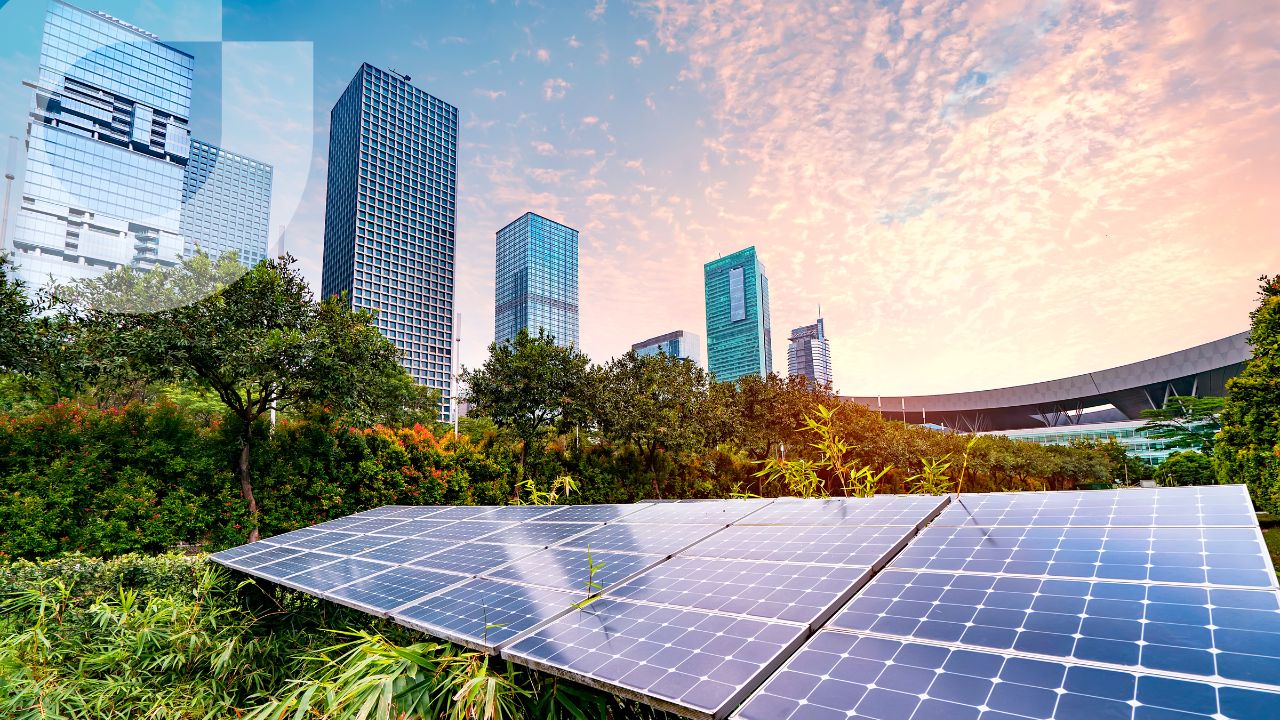Population Growth as the Root of Transformation
Throughout history, the role of cities has been fundamental for social, cultural, and economic development, leading to a complete transformation in how we live and interact. The shift from nomadic life to urban settlements and the gradual and constant migration from rural to urban areas is something that has slowly taken shape and become tremendously complex to manage. Currently, there are nine cities with populations exceeding 20 million inhabitants, and cities like Tokyo, with 37.4 million residents, house more people than many countries. Today, there are over 600 cities with more than 600 thousand inhabitants.
The trend is far from stagnating, and migration to cities for a better quality of life and opportunities continues to be a constant.
Providing essential services, adequate infrastructure, and their management is a significant challenge. The fair and inclusive ecological transition, sustainable and more intelligent, where affordable and non-polluting energy leads the process, is essential to ensure urban models that place people at the center of the equation. In this regard, I must mention the two Sustainable Development Goals related to cities, which are the centers of economic, cultural, social, and political activity worldwide, and energy, the source of human development and well-being.
Water, Essential for Building Sustainable Cities
We are witnessing a complex phenomenon with multiple causes and consequences: the unstoppable population growth in cities. By 2050, it is estimated that around 68% of the global population will live in urban areas, offering opportunities for economic development but also presenting severe challenges that require adequate planning and management to ensure sustainable and equitable progress for all.
Despite the expectation that urban water demand will increase by 80%, cities need more financial and institutional limitations in expanding their infrastructure and water services to accommodate an ever-growing population. To make matters worse, many of these growing cities are in regions with minimal rainfall and characterized by water scarcity, putting immense pressure on reallocating its use between rural sustenance and urban development. Approximately 400 million urban residents depend on water transfers from rural areas and undocumented or informal sources. When rapid urbanization outpaces the capacity of water institutions, unplanned or poorly managed reallocation can exacerbate inequalities between rural and urban areas.
In this context, we face the significant challenge of infrastructure: are cities prepared for what lies ahead? Climate change and the arrival of new residents are putting increasing pressure on water infrastructures, which often need to be improved. As a result, many cities risk running out of water in their taps: the dreaded “day zero.” We know that investing in necessary policies and infrastructures to increase water resilience is costly; however, a drought costs much more, potentially significantly reducing a city’s economic growth. The opportunity cost of not anticipating future demands needs to be quantified. Still, as in many other areas, it is undoubtedly much higher than the cost of improvising when events occur, acting in emergencies instead of making well-executed investments in prevention.
To achieve urban sustainability and create inclusive, safe, and resilient human settlements, as aimed by SDG 11, it is essential to adopt an innovative approach to water management. The integration of efficient technologies, green infrastructures, and reuse practices, along with strong citizen support and significant habit changes, can transform cities into models of water resilience and sustainability. These efforts not only improve the quality of life for urban inhabitants but also protect ecosystems and ensure a sustainable future.
Energy for Water and Water for Energy
Both resources, essential for sustainable development, depend on each other in many vital aspects. They are intrinsically interconnected. Hence, a consolidated, optimized, and integrated energy system supports all economic sectors: from industry to agriculture, from the medical field to education, with energy services being fundamental in the water sector. Examples of this interconnection include: hydroelectric plants without water are unproductive as they cannot generate power, transporting water from resource points to consumption points requires energy for pumping, combined cycle plants need high-quality water for turbines in their production cycle, nuclear plants need water for cooling, all cooling and refrigeration systems in industries and buildings require conditioned water with constant replenishment of evaporated water in cooling towers, treatment or desalination plants need energy to operate, and oil extraction in wells is done by injecting high-pressure water.
Therefore, energy is vital for the management and development of the comprehensive water cycle, and water infrastructures depend entirely on energy throughout their value chain, including extraction, transportation, treatment, distribution, and wastewater management. Efficiency in using this energy is crucial for sustainability and reducing environmental impact.
As seen from the examples mentioned, water is critical to developing energy infrastructures. All energy sources need water in their production processes. Thus, it is crucial to manage this resource sustainably in energy production, and its efficient management is essential to ensure and minimize environmental impact.
In this context, SDG 7 aims to ensure access to affordable, safe, sustainable, and modern energy for all. Although water is not the main focus of this goal, it is related to several aspects that contribute to its achievement. Currently, energy consumption remains the primary cause of climate change, representing around 60% of global greenhouse gas emissions. It is in our hands to find ways to improve energy efficiency in the water sector to reduce its environmental footprint. Ensuring equitable and sustainable access to water and energy for all is essential.
Mission: Optimization and Cooperation
Cities represent the future of global living. Our daily lives depend on safe and affordable energy. To achieve this, it is vital to optimize energy use in water management; thus, we will achieve sustainability in both sectors and create safe, resilient, and sustainable cities.
Optimizing this nexus is crucial for improving efficiency, reducing costs, and minimizing environmental impact. Cooperation between the energy and water sectors, governmental policy support, and technological innovation are critical to addressing the challenges of the water-energy nexus and ensuring a sustainable future.







